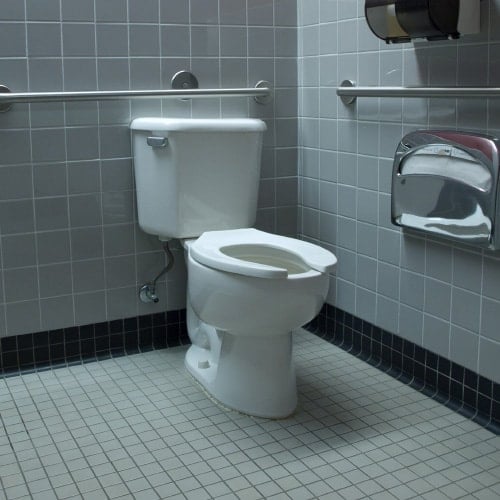A Closer Look at ADA Bathroom Requirements: Ensuring Accessibility
The Americans with Disabilities Act (ADA) is a transformative law that ensures individuals with disabilities have equal access to public spaces. One critical aspect of this legislation is the requirement for accessible bathrooms, which are vital in providing necessary facilities for all individuals. This article will explore the specific ADA bathroom requirements and their importance in promoting inclusivity.

The Importance of Accessible Bathrooms
Accessible bathrooms serve as essential components of public and commercial spaces, allowing individuals with disabilities to use restrooms independently and comfortably. Compliance with ADA guidelines not only meets legal requirements but also reflects a commitment to inclusivity and respect for all patrons.
Key ADA Bathroom Requirements
- Accessible Toilet Stalls: Every public learn about ada vanity requirements here must contain at least one accessible stall. The minimum dimensions for this stall are 60 inches in width and 56 inches in depth for wall-mounted toilets, or 59 inches for floor-mounted toilets. Doors should either swing outward or have a self-closing mechanism for easier entry.
- Toilet Height: Toilets must be installed at a height of 17 to 19 inches from the floor. This height is critical for facilitating transfers for users of mobility aids, making the restroom more user-friendly.
- Grab Bars: Grab bars are essential safety features in accessible stalls. They should be installed on the side and rear walls, positioned between 33 and 36 inches above the floor, and must be capable of supporting at least 250 pounds to ensure stability for users.
- Sink Specifications: Sinks must be accessible, with a maximum height of 34 inches. There should be enough knee clearance underneath to accommodate wheelchair users, and faucets should be operable with one hand to minimize difficulties.
- Mirror Placement: Mirrors in accessible bathrooms should be mounted so that the bottom edge is no higher than 40 inches above the floor, allowing individuals in wheelchairs to see themselves comfortably.
- Doorway Width: The entrance to an accessible restroom must have a minimum clear width of 32 inches. Additionally, pathways leading to these restrooms should be clear of obstacles to facilitate smooth access.
- Signage: Effective signage is vital for directing users to accessible facilities. Signs must include the International Symbol of Accessibility and should be placed at a height of 48 to 60 inches from the floor. Braille should also be included for individuals with visual impairments.
Compliance Strategies
To ensure compliance with ADA bathroom requirements, regular inspections of restroom facilities are necessary. This includes checking physical layouts and features to confirm they meet specifications. Training staff to assist individuals with disabilities can also enhance the user experience and promote an atmosphere of inclusivity.
Conclusion
ADA bathroom requirements are crucial for creating accessible public spaces that serve all individuals. By understanding and implementing these guidelines, businesses and facilities demonstrate their commitment to inclusivity and equal access. Compliance with ADA standards is not merely a legal obligation; it is a vital step in fostering a community that respects and accommodates everyone. Prioritizing accessible bathroom design contributes to a more equitable society, allowing all individuals to navigate public spaces with dignity and independence.…